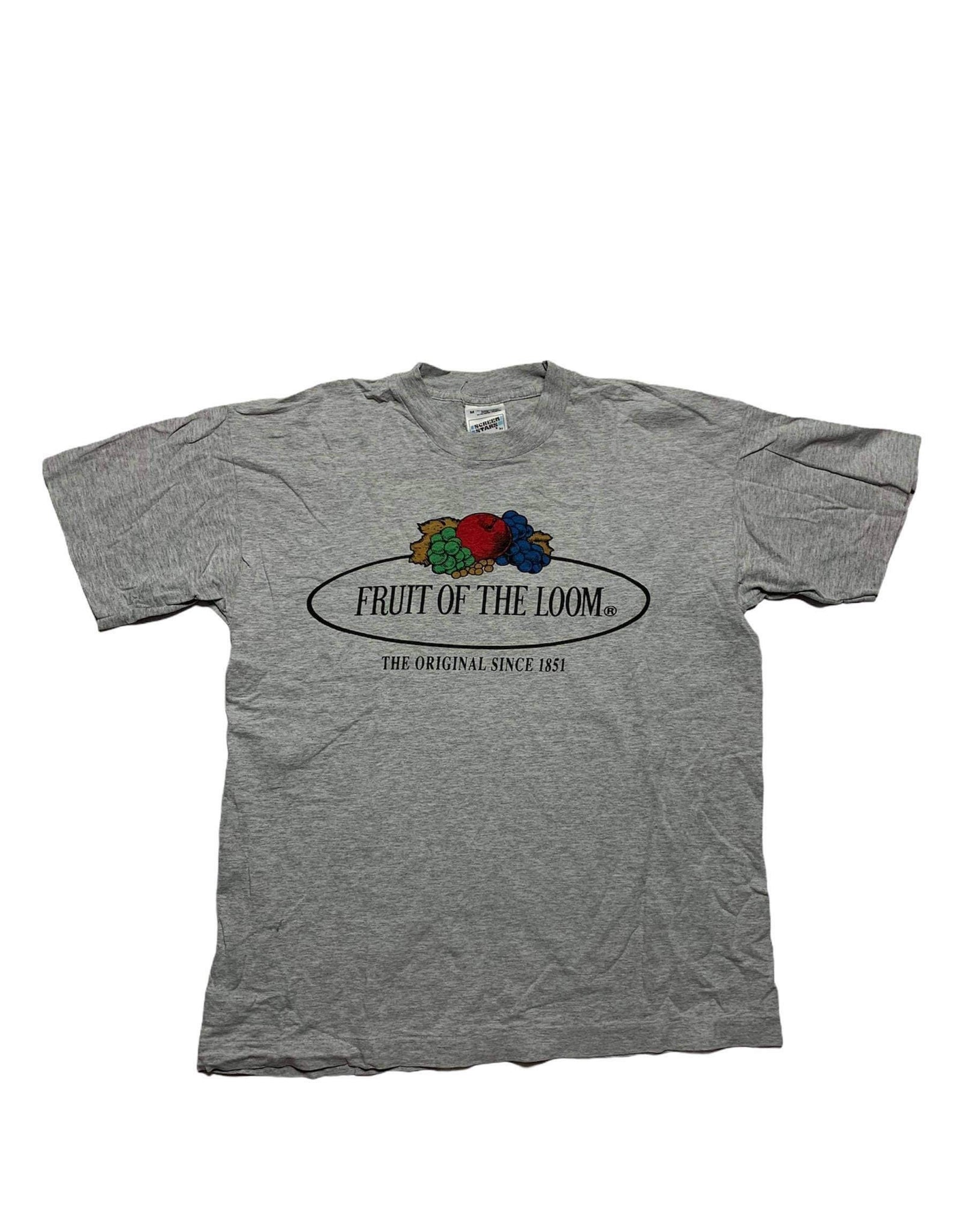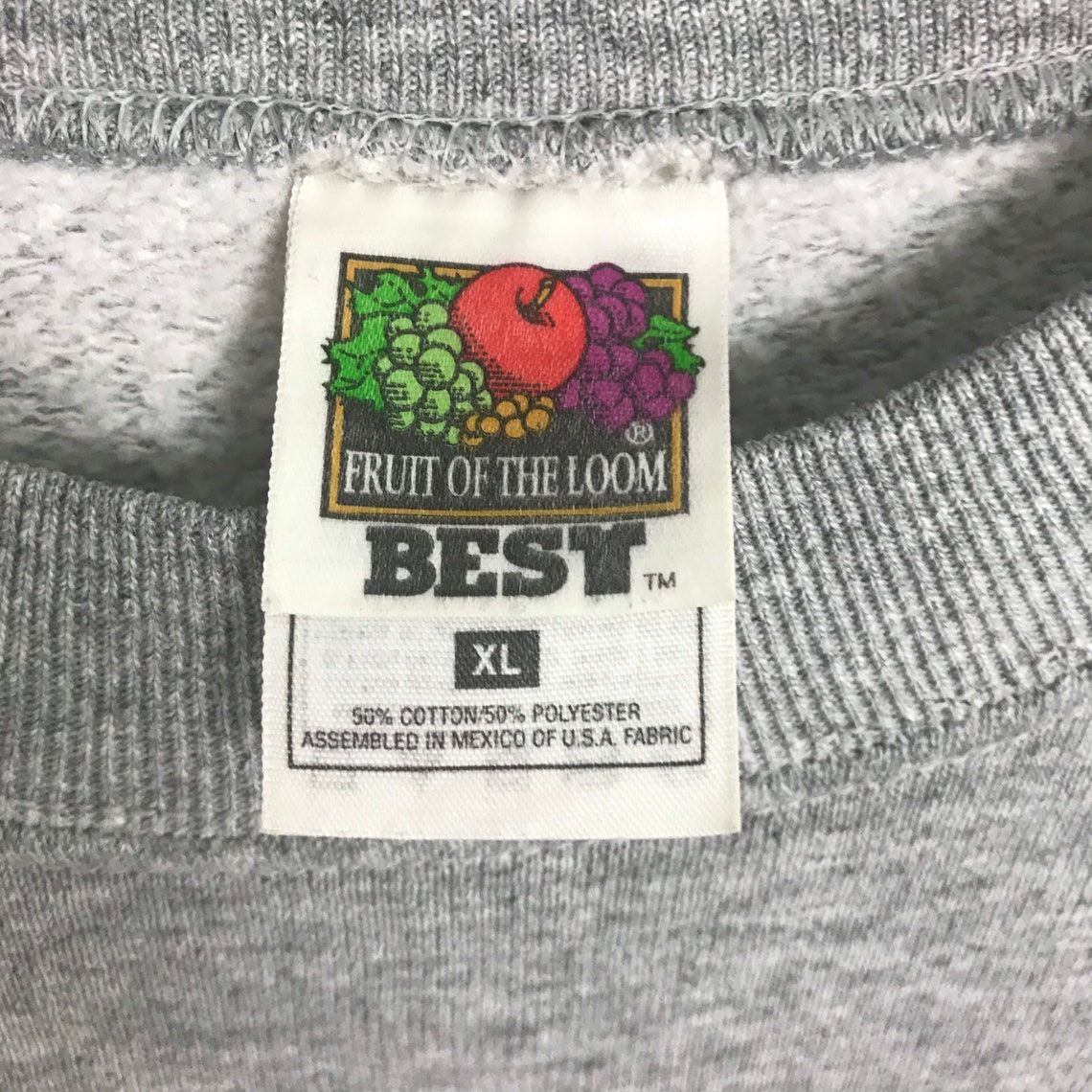
When she got home from the conference, however, she discovered Mandela was very much alive. These people shared detailed memories of the funeral and his widow’s speech. She was at a conference with a group of people who remembered hearing about Nelson Mandela’s death in a South African prison in the 1980s.

Writer Fiona Broome coined the term in 2009. It’s a prime example of what social scientists call “the Mandela effect.” This is the phenomenon of large numbers of people who insist they remember something that never happened. The Fruit of the Loom logo has another distinction. Today, the logo shows the fruits in a simple, stamped design floating over the company name with no frame and no border. This remained the basic logo until recent years. This was a crisp, striking look that made the company name the center of attention. In that year, the fruits appeared above an oval seal with a black border, a white background and the words “Fruit of the Loom” in black lettering. In 1978, the logo went through another big change. The “guys” turned Fruit of the Loom into the most recognized underwear brand in the country. They wore fruit costumes and raved about the comfort of Fruit of the Loom products. In 1975, the company launched the well-known Fruit of the Loom Guys in its advertising. The company later expanded into casual wear and women’s underwear. In the 1950s, he became the first underwear maker to advertise on television.īy the 1960s, Fruit of the Loom was the most popular maker of men’s underwear. Today, this packaging is the industry standard for men’s underwear. In the 1940s, he pioneered the idea of selling boxer shorts in sets of three. By 1930, Goldfarb owned a factory in Kentucky that employed 650 people. Goldfarb insisted he could become profitable by offering high-quality underwear at a low price, and he was right. One of them was a clothing manufacturer named Joseph Goldfarb, who began selling Fruit of the Loom products for the Union Underwear Company.

In 1928, Fruit of the Loom began licensing its name to makers of finished clothing products. The logo went through minor changes over the next decades until its major overhaul in 1978. In 1936, the company began using a logo that looked more like a seal, and the fruits seemed to disappear. In 1927, the logo took on an oval shape but kept the fruit painting. The company name appeared in an arching label above the fruit. The logo was a rectangular frame surrounding a beautiful painting of the fruits set against a colorful sky. It showed a red apple, green grapes, currants and purple grapes. It was an elegant logo in the style many companies used. In 1893, the company released its first logo. In choosing this name, the Wrights were referring to cloth as the “fruit” or product of the loom. A loom is an old-fashioned machine that was used to make thread and cloth.

Skeel said the decorated bolts sold more quickly than the others.Įver since, Fruit of the Loom has used apples and other fruit in its trademark. While he was at the Skeel factory, Robert discovered that Skeel’s daughter Jessica painted fruits on some of the bolts of cloth. The name was inspired by a visit to one of the mill’s customers, a cloth manufacturer named Rufus Skeel. It was trademark number 418, and it is one of the oldest trademarks in the country. In 1870, the brothers registered the name Fruit of the Loom for their company. Knight Corporation, they began making high-quality cotton cloth to sell to textile manufacturers. In 1851, brothers Benjamin and Robert Knight bought a mill in Warwick, Rhode Island. The company is the top seller of men’s underwear in the US and one of the most recognized names in the world. Fruit of the Loom is has been around for over 200 years, and it owns one of the oldest trademarks in US history.


 0 kommentar(er)
0 kommentar(er)
